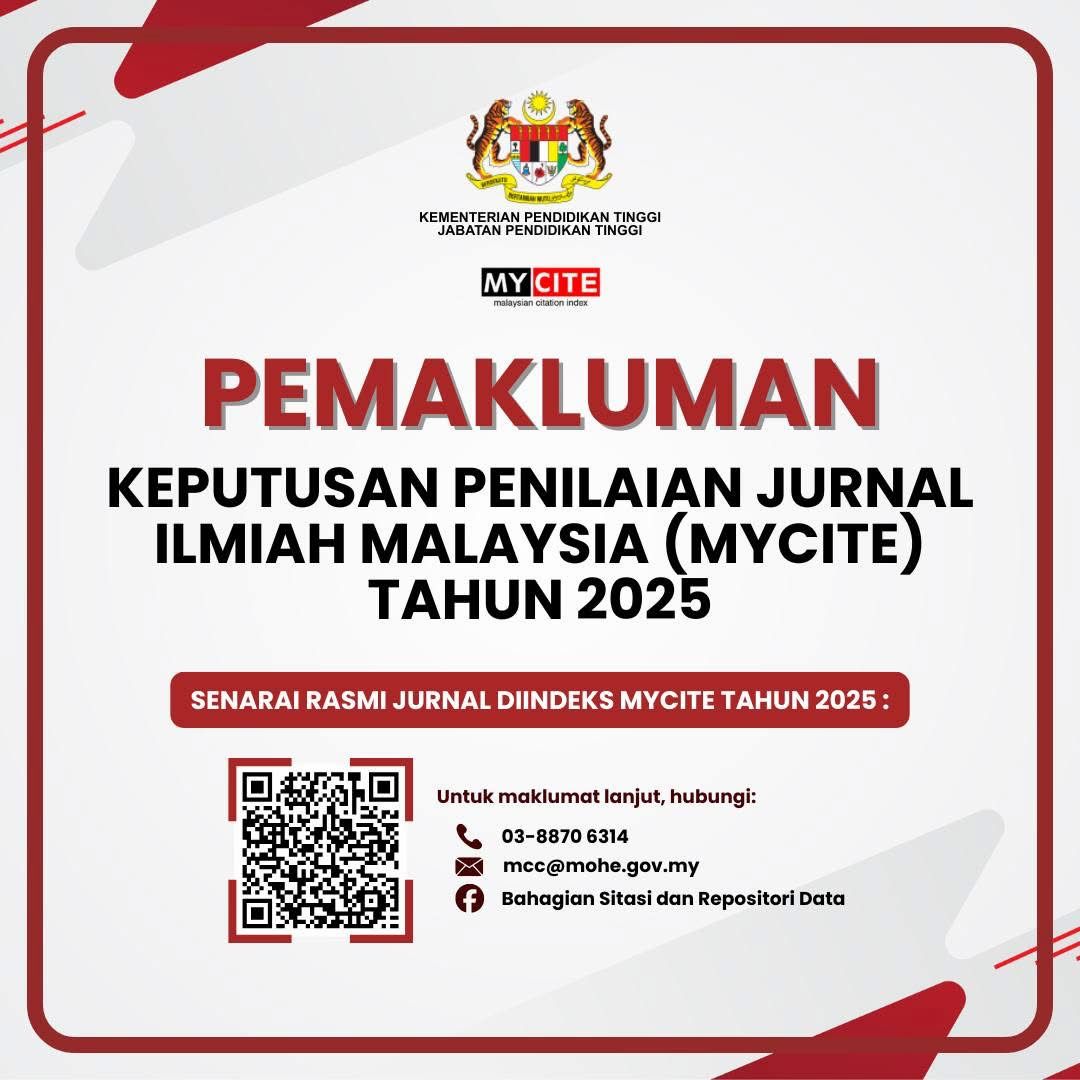An Integration of 3D Design in Malaysia Digital Tourism
DOI:
https://doi.org/10.24191/idealogy.v9i1.492Abstract
With multiple projects aimed at boosting visitor experiences and advertising the country as a top vacation destination, the usage of digital technology in the travel and tourism sectors has been expanding quickly in Malaysia. Bringing 3D design into digital tourism is one such attempt that offers an immersive and interactive style to highlight Malaysia's tourist attractions. Despite the advantages, 3D design is mostly used in popular tourist destinations and major cities in Malaysia for digital tourism. This study analyses the use of 3D design in Malaysian digital tourism and its potential to increase tourist numbers, particularly in less well-known countryside destinations. This study will find comparable themes and patterns regarding the application of 3D design in digital tourism in various Malaysian regions using a case study approach. The expected results of this research include improving traveler and tourist experiences, archiving 3D designs for use in future research, and inviting more travelers and tourists to Malaysia, which would boost the country's tourism benefits.
Keywords: Tourism Malaysia, Malaysia Attractions, 3D Design, Digital Tourism.
References
IoT Vertical and Topical Summit for Tourism.https://doi.org/10.1109/ieeeconf49204.2021.9604839
Glossary of tourism terms | UNWTO. (n.d.). https://www.unwto.org/glossary-tourism-terms
Guo, S., Zheng, L., Fan, T., Sun, M., Pan, Z., & Chen, J. (2014, August). Virtual Changbai Mountain
Scenery Display System Based on AR. 2014 International Conference on Virtual Reality and
Visualization. https://doi.org/10.1109/icvrv.2014.18
Smart Tourism 4.0 To Be Tourism Game-Changer for Malaysia - Tourism Malaysia. Corporate
Site. (n.d.). https://www.tourism.gov.my/media/view/smart-tourism-4-0-to-be-tourism-gamechanger-for-malaysia
Yue, Q. (2010, October). Studies on Designs for Sustainable Development of Cultural Heritage
Protection and Tourism from Perspectives of New Interactive and Real 3D Display Technology.
2010 International Symposium on Computational Intelligence and Design.
https://doi.org/10.1109/iscid.2010.5
Downloads
Published
Issue
Section
License
UiTM Press (the Publisher) has agreed to publish the undersigned author’s paper in Idealogy Journal. The agreement is contingent upon the fulfilment of a number of requirements listed below.
1. The undersigned author warrants that the paper entitled below is original, that it is not in any way libellous or unlawful in Malaysia, that it does not infringe any copyright or other proprietary right. The undersigned hereby represents and warrants that he/she is the author of the paper, except for material that is clearly identified as to its original source, with permission notices from the copyright owners where required. The undersigned represents that he/she has the power and authority to sign and execute this agreement.
2. The undersigned author warrants that the paper entitled below has not been published elsewhere, and also it will not be submitted anywhere else for publication prior to acceptance/rejection by this Journal.
3. By submitting the paper entitled below, the undersigned author agrees to transfer the rights to publish and distribute the paper in an international e-journal (entitled above) to Publisher.
4. The undersigned author agrees to make a reasonable effort to conform to Publisher's submission guidelines and to liaise with the editor to ensure that the requirements of these guidelines are met to a reasonable degree.
5. The corresponding author signs for and accepts responsibility for releasing this material on behalf of any and all coauthors. This agreement is to be signed by at least one of the authors who has obtained the assent of the co-author(s) where applicable. After submission of this agreement signed by the corresponding author, changes of authorship or in the order of the authors listed will not be accepted.



